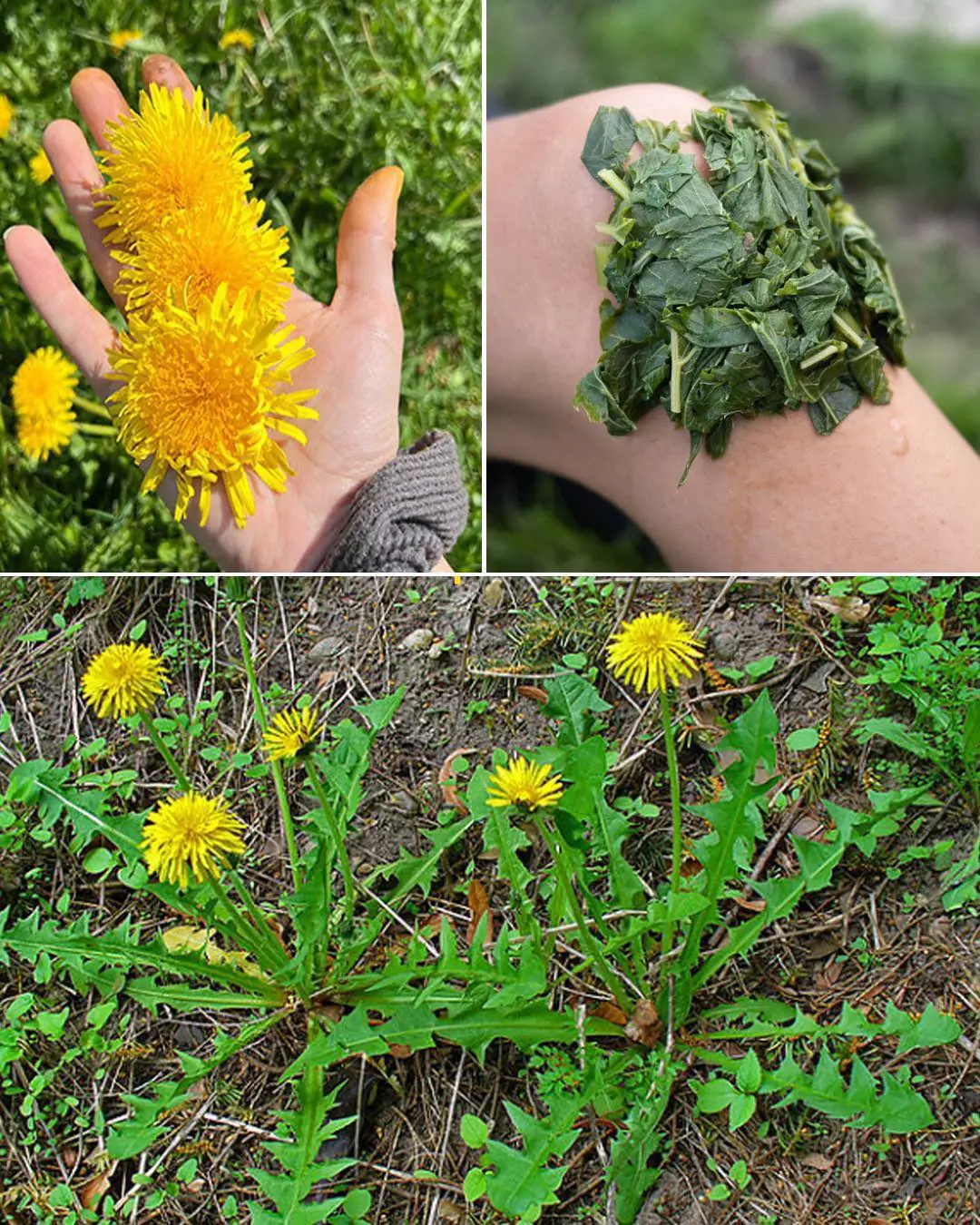
If You Find A Tick Inside Your Home, Here’s What You Need To Know
Ticks aren’t just annoying (not to mention invasive and enough to make most people’s skin crawl) — they can actually pose real health risks. These tiny parasites are far more than a minor nuisance; they are potential carriers of dangerous diseases that can affect both humans and animals.
Ticks are known to transmit debilitating illnesses such as Lyme disease, Rocky Mountain spotted fever, and anaplasmosis, among others. Because of this, it goes without saying that they’re probably not the best house guests for you to be entertaining — or ignoring.
Why You Might Encounter Ticks
Depending on where you live, the time of year, and whether or not you have pets, the chances of encountering ticks can vary — but in many regions, they’re quite common. Ticks thrive in warm, humid climates and are especially active during spring and summer months. Even urban areas with small patches of grass or nearby wildlife can harbor these tiny invaders.
If you spend time hiking, gardening, or walking your dog, you may unknowingly bring ticks into your home. That’s why awareness and prevention are so important.

What to Do When You Find a Tick
1. Identify and Isolate the Problem
If you come across a tick, the first step is to identify the type — for instance, whether it’s a black-legged tick (deer tick), dog tick, or brown dog tick. Knowing the type can help determine the risk of disease transmission.
If the tick is in a specific area of your home, keep children and pets away until it’s been properly dealt with. Use a flashlight to check for more ticks nearby — they rarely come alone.
2. Take Protective Steps
Before handling or cleaning the affected area, protect yourself. Wear gloves and long-sleeved clothing to reduce the chance of a tick latching onto your skin. Tuck your pants into your socks and avoid direct contact with infested surfaces. If possible, use insect repellent containing DEET or permethrin on your clothing.
3. Clean Thoroughly
Once the tick has been located and removed, make sure to wash all fabrics that may have come into contact with it — bedding, clothing, and even pet blankets. Use hot water and high heat in the dryer to ensure any remaining ticks or eggs are destroyed.
Vacuum your floors, carpets, and furniture carefully, paying special attention to crevices, corners, and baseboards where ticks may hide. Dispose of the vacuum bag or clean the canister immediately afterward.
4. Safe Tick Removal
If a tick has attached itself to your skin, don’t panic — but do act quickly. Using fine-tipped tweezers, grasp the tick as close to your skin’s surface as possible and pull upward slowly and steadily. Avoid twisting or jerking, as this could cause the mouthparts to break off and remain embedded in your skin.
After removal, clean the bite area thoroughly with rubbing alcohol, iodine scrub, or soapy water. You can safely dispose of the tick by submerging it in alcohol, sealing it in a plastic bag, or flushing it down the toilet. Some experts recommend saving it in a sealed container in case you later need to identify it for medical reasons.
5. Monitor the Bite and Watch for Symptoms
Once the tick has been removed, keep an eye on the bite site for several days. Watch for redness, swelling, or a rash that spreads outward — such as the classic “bull’s-eye” pattern associated with Lyme disease.
It’s also important to monitor the person who was bitten for flu-like symptoms, fatigue, or fever. If any unusual signs appear, contact your healthcare provider immediately. Early treatment is essential in preventing long-term complications from tick-borne illnesses.
Final Thoughts
While ticks are small, the problems they can cause are anything but. Staying vigilant, protecting yourself and your pets, and knowing how to properly remove and handle ticks can greatly reduce your risk. Regularly check yourself and your animals after spending time outdoors — especially in wooded or grassy areas.
A little caution and attention can go a long way in keeping these unwanted guests — and the diseases they carry — out of your home and away from your family.
News in the same category


Magpie The Spiritual Meaning of an Unusual Encounter

When your dog looks at you for a long time, here's what it means according to experts...

France Bans Supermarkets From Wasting Food, Turns Trash Into Meals for Millions

Trump Gets His Wish as Coca Cola Launches Cane Sugar Version
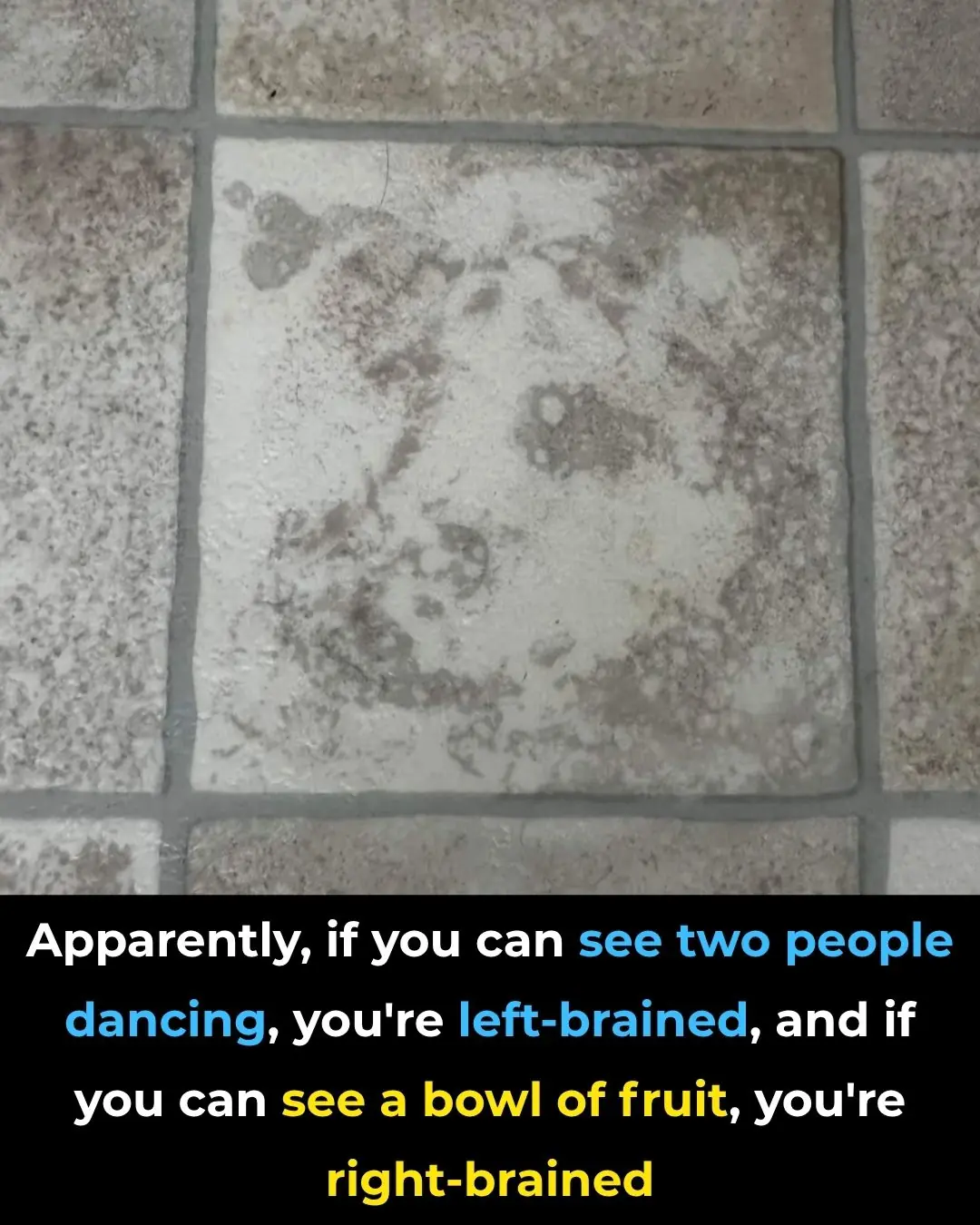
Why Do We Perceive Faces in Ordinary Objects?

How Your Sleep Position Reveals If You’re Lazy

7 Clever DIY Uses for Used Teabags That Will Make You Think Twice Before Tossing Them

The Whale That Carried History In Its Neck For Over 100 Years

Denver Bans the Sale of Dogs, Cats, and Rabbits, Paving the Way for More Shelter Adoptions
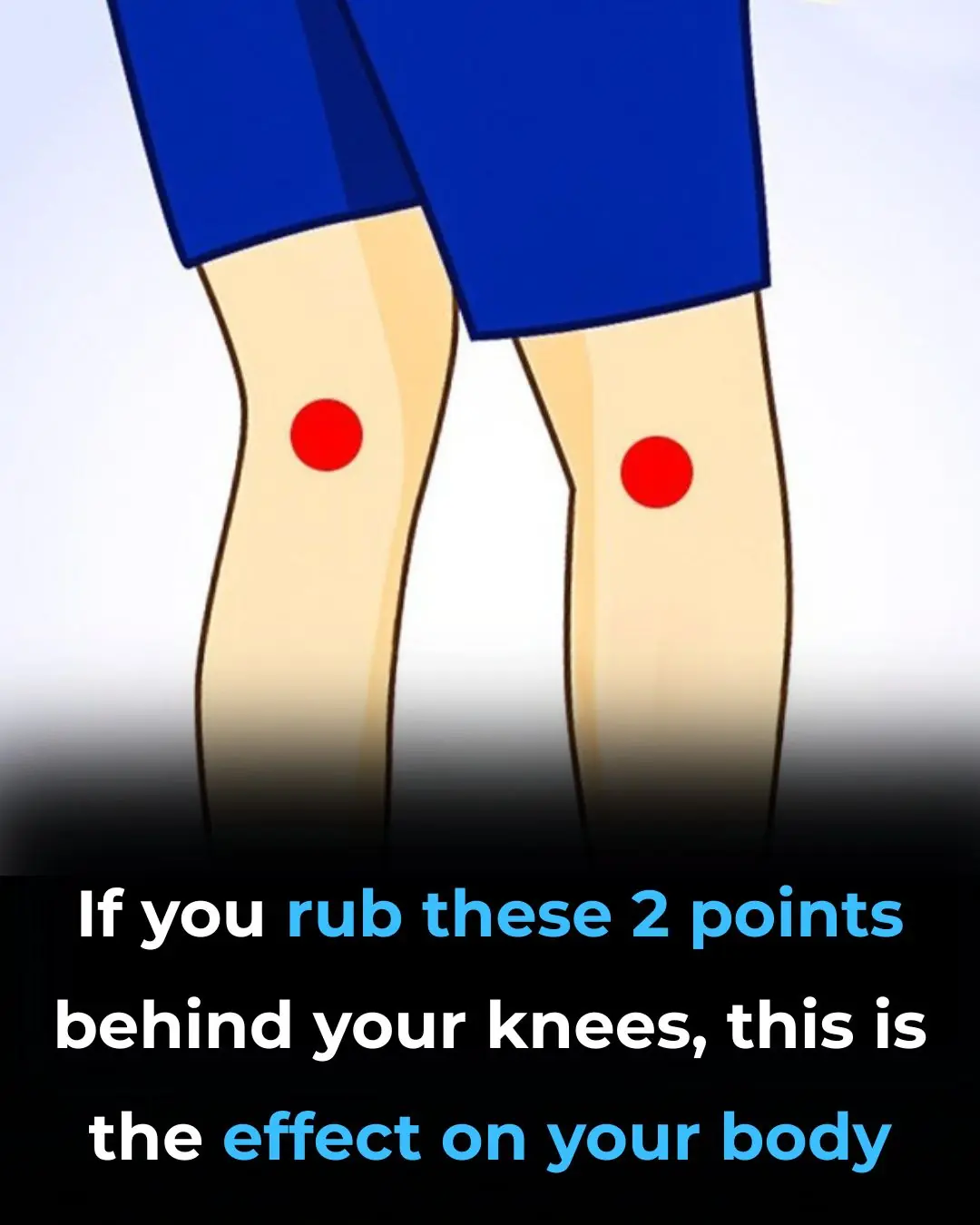
If you rub these 2 points behind your knees, this is the effect on your body

Its true meaning you probably don't know

Steps to Take When Your Adult Children No Longer Show Respect

Never Throw Away These 4 Things at Their Funeral..

DC Woman Wins Landmark Case After Suing Neighbor Over Overpowering Weed Smell

Bill Gates–Backed Beyond Meat Faces Collapse After Massive Stock Drop

According To This Psychologist, A Dirty Car Can Reveal A Lot About Your Personality

Most drivers don't know the purpose of the car door hook
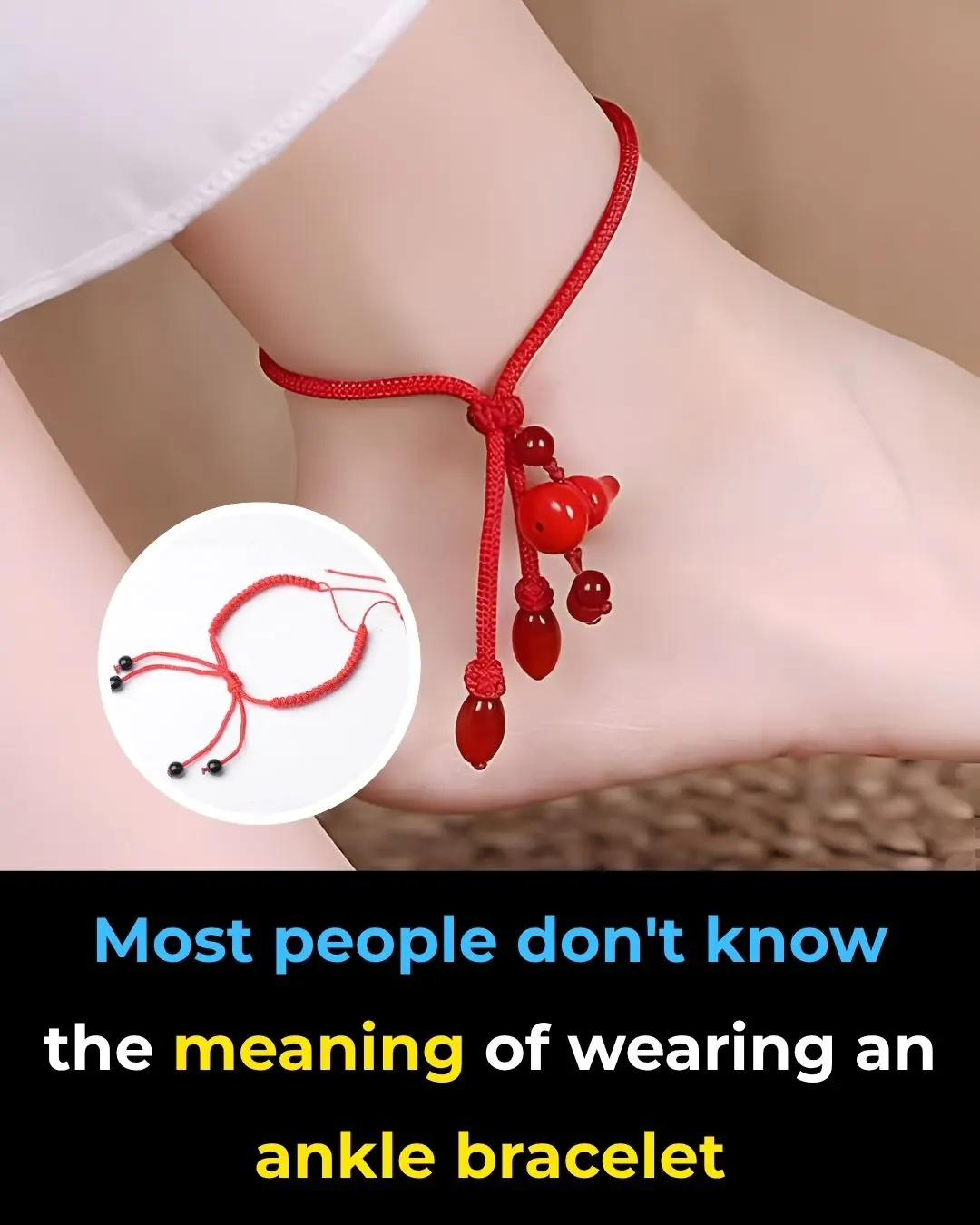
Most people don't know the meaning of wearing an ankle bracelet
News Post

Cinnamon, Garlic, and Aloe Vera Drink: A Natural Blend That May Boost Immunity

Honey, Lemon, Onion, Garlic & Ginger: The Daily Spoonful That Works Wonders
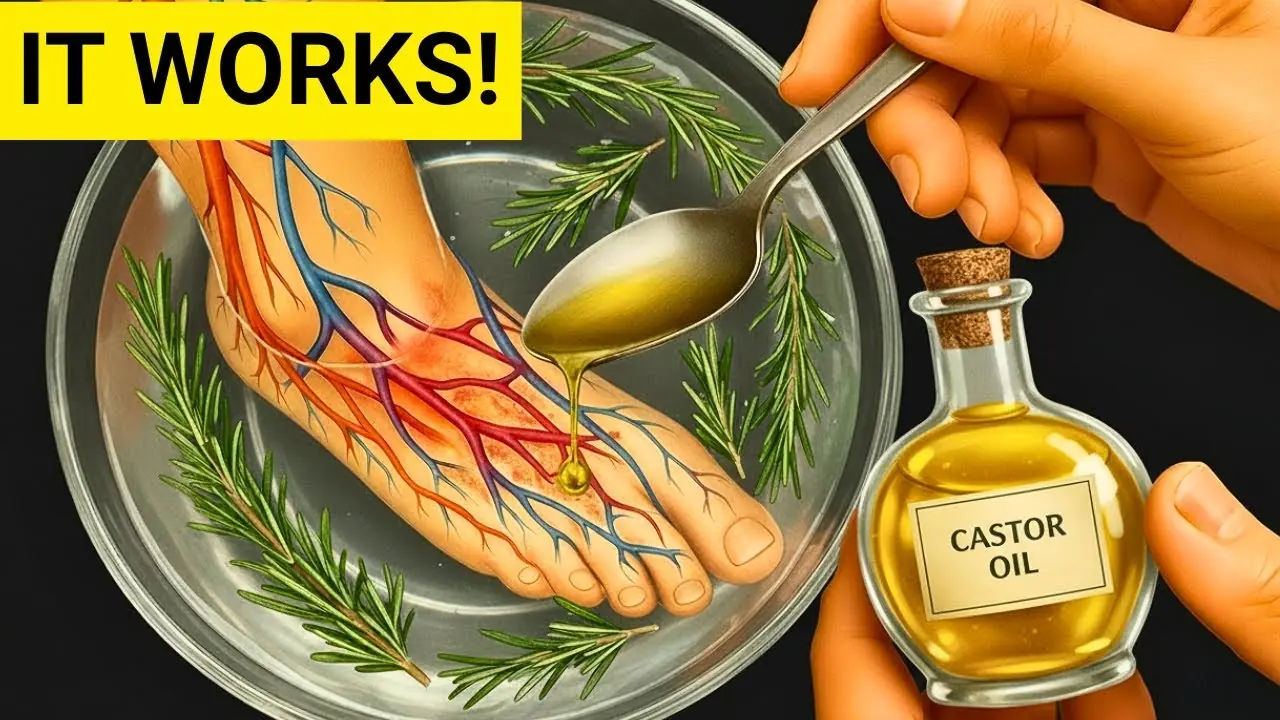
Mix Castor Oil and Rosemary — The 7-Day Results Will Surprise You

This Is What Happens to Your Body the Day You Stop Eating Bread
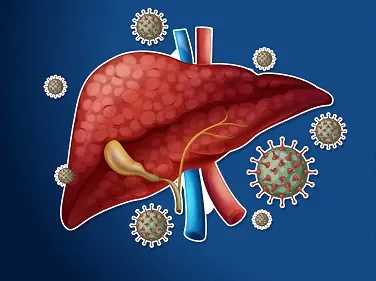
14 Symptoms of Liver Damage You Need to Know

Prepare Ginger This Way to Prevent Cancer, Reduce Cholesterol, and Lower Blood Sugar Levels

Chimp Smiles for the Camera — While Stealing a Dog, Then Does the Unexpected

Prayers for Chaden: A Racer’s Fight Beyond the Track

From Shoplifting Call to Saving Lives: The Story of TJ and Max.

More Than Just a Car: A Lifetime in Metal and Memories.

The Man Who Carried an Elephant.

Firefighters Build a New Path of Dignity for an Elderly Woman.

Murphy the Eagle Who Loved a Rock—Until Life Gave Him a Real Chick.

The Touch That Broke Our Hearts.

A Table in the Garage.

The Power of Simply Sitting Beside Someone.

The Spiritual Meaning of White Butterflies in Your Home

The Power of Tamarind Fruits: Sweet, Sour & Supercharged with Health Benefits
